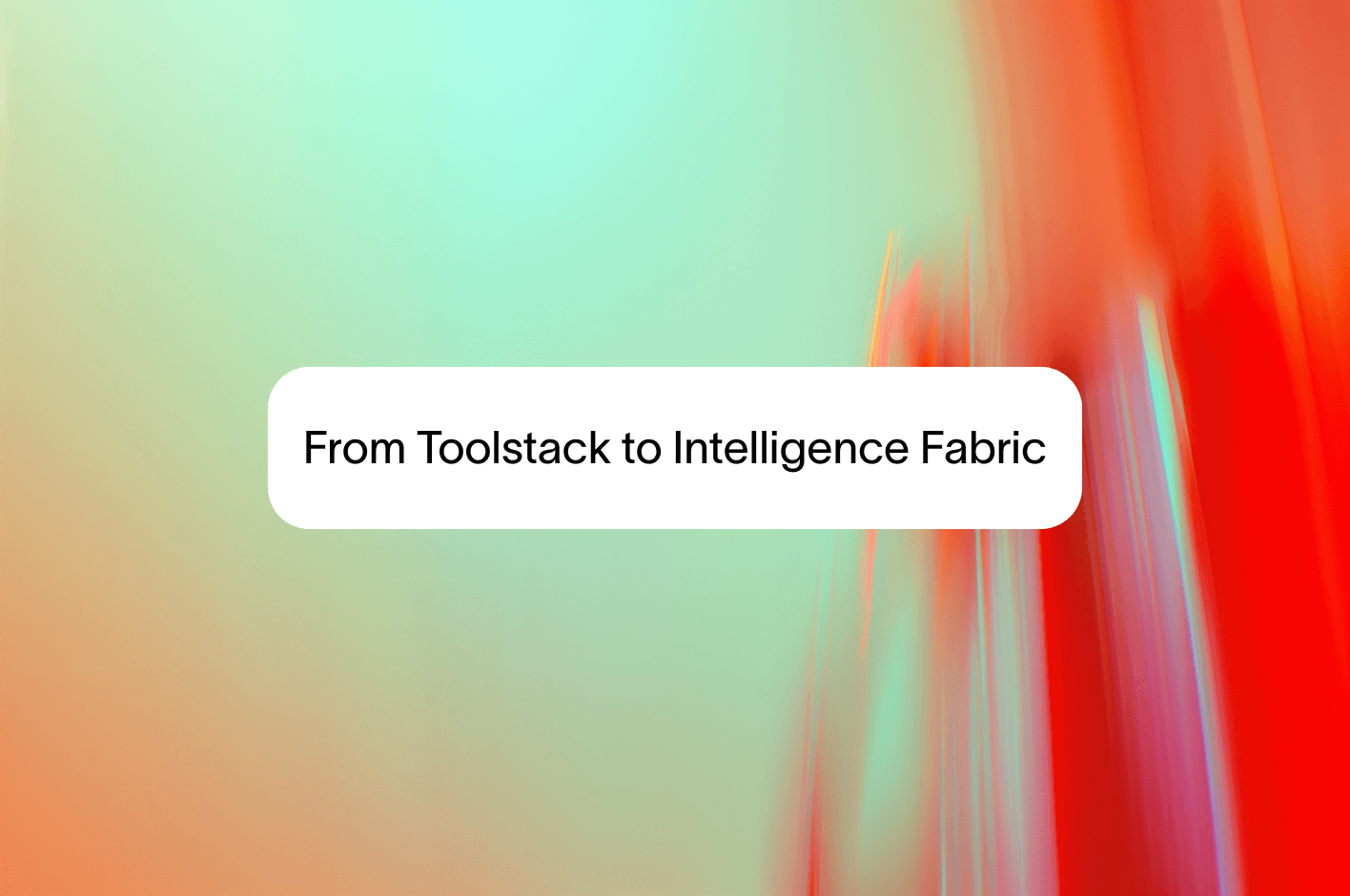In the current wave of enterprise AI adoption, contact centers have become a primary testing ground. It’s where automation meets urgency, where customer sentiment meets real time execution. Yet most organizations approach AI as if they’re picking tools off a shelf adding one bot here, a sentiment tracker there, an agent assist tool in the middle. This approach offers quick wins, but yields limited transformation. The real potential of AI in the contact center does not lie in incremental tools. It lies in rethinking the system entirely.
To illustrate the point, consider a simple analogy: personal AI adoption.
The Image Generator vs. the AI Operating System
Imagine you discover a cutting edge AI image generator. It’s powerful, intuitive, and drastically reduces the time it takes to produce visual content. For marketing or design work, it’s a game changer. But it touches only one part of your daily workflow.
Now imagine adopting a multimodal tool like ChatGPT. It’s not confined to one domain; it assists with writing, summarizing, brainstorming, learning, decision making, coding, image generation, and more. Its value doesn’t lie in outperforming a single tool, but in improving everything you do. It doesn’t replace one skill; it elevates your entire baseline of capability.
This is the difference between AI as a tool and AI as a system of intelligence.
The same choice confronts contact center leaders today.
Incremental AI: The Comfortable Path to Minimal Disruption
The enterprise appetite for AI is growing, but the instinct to contain it is strong. It’s easier to frame AI as a bolt-on chatbot for FAQs, an agent assist plug-in for real time scripting, or a predictive routing module for better queue management. These point solutions offer local efficiency, but they rarely shift the organization’s intelligence frontier.
Why? Because their impact is compartmentalized. They streamline functions, not systems. A bot that reduces call volume by 10% is valuable, but if the underlying training, analytics, quality assurance, and managerial workflows remain unchanged, the operation continues to behave like a legacy system.
Incremental AI tools often create more fragmentation, not less. They produce disconnected data silos, demand additional human oversight, and rarely integrate seamlessly into existing strategic workflows. The ROI is real, but shallow.
Foundational AI: Building Intelligence into the Operating System
By contrast, foundational AI doesn’t aim to optimize a part; it aims to rewire the whole. It views the contact center not as a set of functions to automate, but as an interconnected network of people, conversations, workflows, and decisions, all of which are candidates for intelligence augmentation.
This approach allows AI to touch every layer of the contact center:
- Training & Onboarding: AI dynamically adapts learning content to each agent’s performance profile.
- Live Operations: Real time copilot tools adjust based on context, customer sentiment, and escalation thresholds.
- Routing & Workflows: Conversations are dynamically routed to human or AI agents based on complexity and skill match.
- Post Call Insights: AI performs 100% QA scoring, extracts trends, summarizes calls, and feeds back to both product and CX.
- Managerial Reporting: Data becomes queryable in natural language, and insight replaces intuition.
Here, AI is not a feature. It is the organizing principle of the contact center.
Strategic Costs of a Piecemeal Approach
The hidden downside of incremental AI adoption is the operational tax it imposes. When AI tools are introduced in isolation:
- Integration debt accumulates. Each new tool demands its own data pipeline, governance layer, and training protocol.
- Context is lost between systems. A bot may know what the customer asked, but the agent may not know how the bot responded.
- Managerial complexity rises, not falls. Human supervisors end up managing not just agents, but the misalignment between fragmented tools.
Perhaps most critically, this approach reinforces the old paradigm: humans are the glue that holds the system together. In a truly intelligent contact center, that role is played by AI itself, managing AI, monitoring human performance, and continuously optimizing the orchestration of both.
From Toolstack to Intelligence Fabric
What’s needed is a shift from assembling a toolstack to constructing an intelligence fabric, a layer of AI that permeates the entire contact center, learning from every interaction, optimizing every touchpoint, and surfacing insights across every function.
This is not about replacing humans. It’s about eliminating friction, freeing human potential, and designing an environment where both people and AI can perform at their best. When AI is applied systemically, it doesn’t just make the contact center more efficient. It makes it self-improving.
Rethinking the Implementation Playbook
This reframing demands a new kind of implementation strategy. Instead of asking “Where can AI help?” we must ask:
“What would this operation look like if it were AI native from the ground up?”
- What workflows would disappear?
- What data would become instantly actionable?
- What roles would shift from supervision to strategy?
Most importantly:
What becomes possible when intelligence is no longer something we add to the edges of the system, but something we embed at its core?
AI Is Not the Upgrade; it’s Your New Foundation
The contact center is no longer a place to patch with point solutions. It’s a strategic nerve center for customer insight, brand experience, and operational excellence. Adding AI incrementally is tempting; it promises improvement with minimal disruption. But only by embracing AI holistically can we unlock the full potential of automation, intelligence, and human-machine collaboration.
In a world moving this fast, the future belongs not to those who adopt AI, but to those who rearchitect around it.
Foundational AI doesn’t aim to optimize a part—it aims to rewire the whole. It views the contact center not as a set of functions to automate, but as an interconnected network of people, conversations, workflows, and decisions—all of which are candidates for intelligence augmentation.
The contact center is no longer a place to patch with point solutions. It’s a strategic nerve center for customer insight, brand experience, and operational excellence. Adding AI incrementally is tempting—it promises improvement with minimal disruption. But only by embracing AI holistically can we unlock the full potential of automation, intelligence, and human-machine collaboration.


